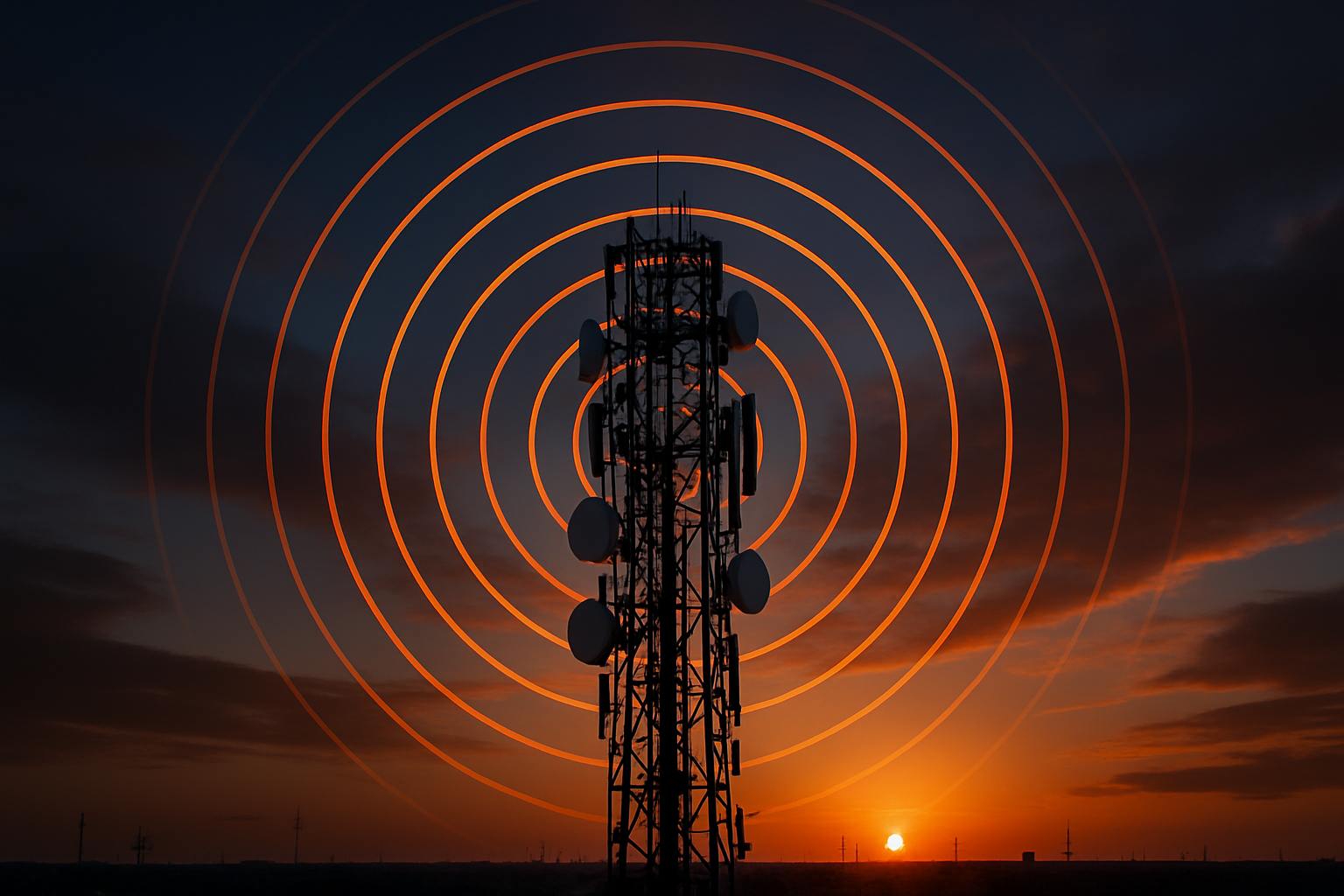Operational Metrics to Prioritize Onsite Inspections After Remote Surveys
After remote leak surveys, teams must convert data into clear onsite priorities. Understanding which signal types and thresholds indicate immediate risk helps focus inspections and reduces unnecessary excavation. This article outlines operational metrics that guide decisions, integrating acoustic, thermal, fiberoptic, and telemetry data with mapping and verification processes.

After remote surveys flag potential anomalies, operational metrics determine which sites need urgent onsite inspections and which can be monitored further. Effective triage uses a mix of signal confidence, trend persistence, and contextual infrastructure data to weigh safety, service disruption risk, and cost of excavation. This piece presents practical metrics and decision points drawn from common monitoring modalities so field teams can prioritize inspections with measurable rationale.
Acoustic and thermal monitoring indicators
Acoustic signatures and thermal anomalies often provide the first evidence of a leak or pressure event on a water pipeline. Key metrics include amplitude and frequency patterns in acoustic recordings, the duration and recurrence of thermal hotspots, and the signal-to-noise ratio after environmental filtering. Operationally, prioritize sites where acoustic events exceed predefined amplitude thresholds for sustained periods, or where thermal maps show persistent temperature deltas relative to background. Correlate acoustic bursts with thermal persistence to increase confidence before dispatching excavation crews, reducing false positives driven by transient noise or surface heat sources.
Pipeline signal and pressure trend metrics
Pressure telemetry and pipeline flow signals offer insight into system-wide integrity. Important metrics include sudden pressure drops relative to baseline, unexpected night-time consumption spikes, and changes in flow direction or velocity that deviate from modeled behavior. Rate-of-change thresholds and cumulative volume loss estimates help quantify severity. Prioritize onsite inspections where pressure deviations exceed both absolute thresholds and statistical anomaly scores derived from historical analytics. Combining pressure trends with local mapping identifies sections where a small pressure change may indicate a significant leak due to network topology.
Fiberoptic sensors and telemetry signals
Fiberoptic distributed acoustic sensing and other continuous telemetry provide spatially resolved event detection along long stretches of infrastructure. Metrics to prioritize include event localization confidence, spatial clustering of incidents, and repeatability at the same fiber segment. Telemetry health metrics — such as signal attenuation, noise floor, and calibration drift — should be tracked so detection confidence can be quantified. Sites where fiberoptic alerts align with independent telemetry (pressure or flow) or where multiple fiber runs report coincident disturbances merit higher inspection priority due to cross-validated signals.
Mapping, calibration, and analytics thresholds
Accurate geospatial mapping and calibrated sensors are essential to translate remote alerts into actionable onsite tasks. Operational metrics here include positional uncertainty of detected events, last-calibration timestamp for sensors, and analytics confidence scores from anomaly detection models. Prioritize locations where positional error is low and analytics confidence is high. If calibration is outdated or mapping resolution is coarse, treat suggested priorities as provisional and plan verification surveys (non-invasive or handheld sensors) before committing to excavation. Keeping calibration schedules aligned with analytics thresholds reduces unnecessary field mobilization.
Excavation and onsite verification triggers
Excavation is costly and disruptive; metrics should drive verification steps that precede it. Trigger excavation when multiple independent indicators converge: persistent acoustic signatures, corroborating pressure anomalies, and geolocated thermal evidence with low positional uncertainty. Use onsite handheld sensors and visual inspection as immediate verification metrics — e.g., wetness at the surface, visible soil saturation, or active seepage — before full excavation. Consider risk tolerance: high-consequence infrastructure (major distribution mains) may require excavation at lower confidence thresholds than low-impact branches.
Prioritizing inspections for local services and infrastructure
Operational decisions must account for local services and critical infrastructure context. Metrics to include are population or facility exposure estimates, proximity to sensitive assets (hospitals, data centers), and predicted service outages from modelled loss scenarios. Integrate infrastructure maps and telemetry into dispatch priority scores so teams in your area can allocate resources where public risk and service impact are greatest. Coordination with local operations and permitting authorities also affects feasible inspection timelines and should factor into priority scoring.
Conclusion A metrics-driven approach converts heterogeneous remote survey data into defensible onsite inspection priorities. By combining acoustic, thermal, fiberoptic, pressure, and telemetry signals with calibration status, mapping accuracy, and infrastructure context, organizations can reduce unnecessary excavations while responding rapidly to high-risk events. Clear thresholds, cross-validation rules, and documented verification steps make prioritization transparent and operationally repeatable.






